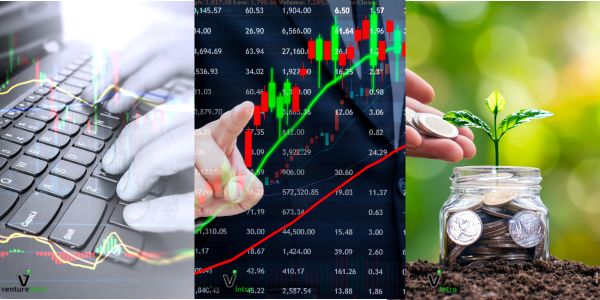
Impact investing vs ESG Investing
Impact investing and ESG (Environmental, Social, and Governance) investing are two approaches to socially responsible investing, but they have distinct focuses and methodologies.
Impact Investing
- Primary Objective: The main goal of impact investing is to generate a positive, measurable social or environmental impact alongside a financial return. These investments are often made in projects or companies directly contributing to solutions in areas like renewable energy, healthcare, education, and social welfare.
- Measurement of Impact: Investors in impact investing actively measure the social or environmental outcomes of their investments. This is a key feature – the impact must be quantifiable.
- Target Investments: Often involves investing in specific projects or companies, including startups, that are directly involved in activities that lead to a positive impact.
- Return Expectations: While financial returns are expected, they may sometimes be lower or on par with market rates. The primary focus is on the impact.
- Scale and Scope: Can be more niche in nature, targeting specific issues or sectors.
ESG Investing
- Primary Objective: ESG investing focuses on companies that maintain strong practices in environmental stewardship, social responsibility, and governance. The goal is to invest in companies that are leaders in these areas, with the belief that such practices lead to long-term financial success.
- Measurement of Impact: ESG investing evaluates companies based on specific criteria in environmental, social, and governance factors. The impact is more indirectly measured through these criteria rather than direct outcomes.
- Target Investments: Involves investing in a broader range of companies that meet certain ESG criteria, regardless of the company’s primary business focus.
- Return Expectations: Financial returns are often expected to be on par with or better than traditional investments. The hypothesis is that companies with strong ESG practices will outperform others in the long run.
- Scale and Scope: Broader in nature, ESG investing can be applied across various sectors and industries.
Key Differences
- Focus: Impact investing is focused on generating a direct, positive impact, whereas ESG investing is about selecting companies with responsible practices.
- Measurement: Impact investing requires measurable outcomes, whereas ESG investing involves assessing companies’ practices against ESG criteria.
- Return Expectations: Impact investing may accept lower financial returns for greater impact, while ESG investing generally seeks market-rate or better financial returns along with positive ESG practices.
Both impact and ESG investing are part of a growing recognition in the finance world of the importance of social and environmental considerations in investment decisions. Each approach appeals to investors with different priorities and strategies for making a positive difference through their investment portfolios. Got Questions call 972-800-6670
Looking for: Business Tools
Latest posts by Jeffrey Cline (see all)
- My Funded Futures - April 16, 2024
- Day Trading Books - April 3, 2024
- Four common types of changes and trends that can offer Business Opportunities? - March 24, 2024






